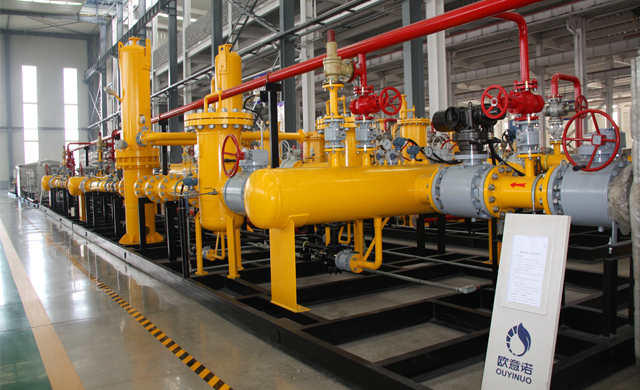
Nov . 27, 2024 06:01
Back to list
Understanding the Functionality of Gas Pressure Regulating Valves in Various Applications
Understanding Gas Pressure Reducing Valves An Essential Component in Gas Management Systems
Gas pressure reducing valves (PRVs) are vital components in various industries that handle gases, ensuring that the pressure levels remain within safe and operational limits. These devices are designed to automatically reduce the high pressure of gas from a source, such as a gas cylinder or utility line, down to a lower, more manageable level suitable for use in different applications. Understanding the functionality, types, maintenance, and safety considerations of gas pressure reducing valves is crucial for engineers, technicians, and operators working with gas systems.
Functionality of Gas Pressure Reducing Valves
The primary function of a gas pressure reducing valve is to maintain a specific outlet pressure regardless of fluctuations in inlet pressure. When gas flows from a high-pressure source, it can potentially damage downstream equipment or be unsafe for consumption. The PRV operates by using a control mechanism that adjusts the flow of gas based on the predetermined pressure setting. When the inlet pressure rises above the setpoint, the valve opens or closes to reduce the pressure to the desired level. This automatic adjustment helps in maintaining consistent pressure in the gas distribution system.
Types of Gas Pressure Reducing Valves
Gas pressure reducing valves come in various types, designed for different applications and operational conditions. The most common types include
1. Single Stage PRVs These valves reduce pressure in one step and are primarily used for applications with relatively stable pressure conditions.
2. Two Stage PRVs These valves employ a two-step process to reduce pressure, making them suitable for applications where inlet pressure fluctuates significantly. By reducing pressure in two stages, they provide more stable outlet pressure.
4. Angle Type and Straight Type Valves Angle type valves allow for more compact installation in confined spaces, while straight type valves are often more straightforward to install and maintain.
Maintenance of Gas Pressure Reducing Valves
Proper maintenance of gas pressure reducing valves is essential to ensure their reliability and longevity. Regular inspections should be conducted to check for signs of wear, leaks, and operational issues. Common maintenance tasks include
gas pressure reducing valve

- Cleaning Contaminants can affect valve performance. Regular cleaning of the valve's filter and components is necessary.
- Adjustment The pressure setting may drift over time due to wear or environmental factors. Regular calibration helps maintain accurate pressure levels.
- Replacement of Wear Parts Seals and diaphragms can deteriorate with time and usage. Replacing these components prevents leaks and failures.
- Testing Functional tests should be carried out periodically to ensure the valve operates correctly under various pressure conditions.
Safety Considerations
Gas pressure reducing valves play a critical role in the safety of gas systems. An improperly functioning PRV can lead to dangerous situations, including overpressure, equipment failure, and even explosions. Key safety considerations include
- Installation Proper installation according to manufacturer's guidelines and industry standards is crucial to prevent operational failures.
- Pressure Relief Systems Implementing additional safety relief systems can provide extra protection against overpressure conditions.
- Training Personnel involved in the operation and maintenance of gas systems should be adequately trained to handle PRVs and understand their critical safety role.
- Regular Audits Conducting regular safety audits of gas systems helps identify potential weaknesses and ensures compliance with safety regulations.
Conclusion
Gas pressure reducing valves are essential for the safe and efficient management of gas in various applications. By regulating gas pressure, these valves protect equipment, improve system efficiency, and enhance safety. Understanding their functionalities, types, maintenance needs, and safety considerations can significantly contribute to the effective operation of gas systems across different industries. As technology advances, the design and efficiency of PRVs continue to evolve, further solidifying their role as indispensable components in modern gas management systems.
Latest news
-
Safety Valve Spring-Loaded Design Overpressure ProtectionNewsJul.25,2025
-
Precision Voltage Regulator AC5 Accuracy Grade PerformanceNewsJul.25,2025
-
Natural Gas Pressure Regulating Skid Industrial Pipeline ApplicationsNewsJul.25,2025
-
Natural Gas Filter Stainless Steel Mesh Element DesignNewsJul.25,2025
-
Gas Pressure Regulator Valve Direct-Acting Spring-Loaded DesignNewsJul.25,2025
-
Decompression Equipment Multi-Stage Heat Exchange System DesignNewsJul.25,2025

